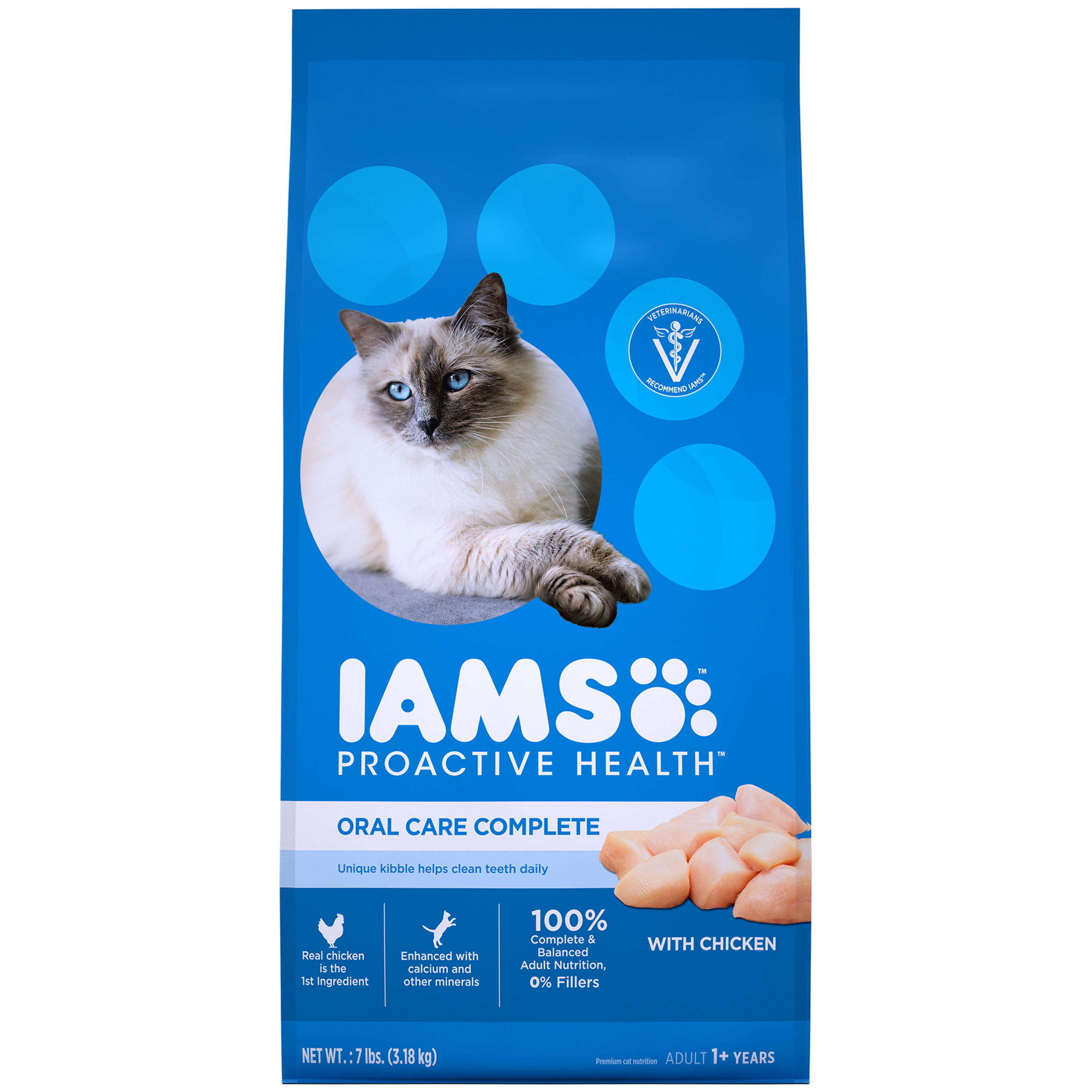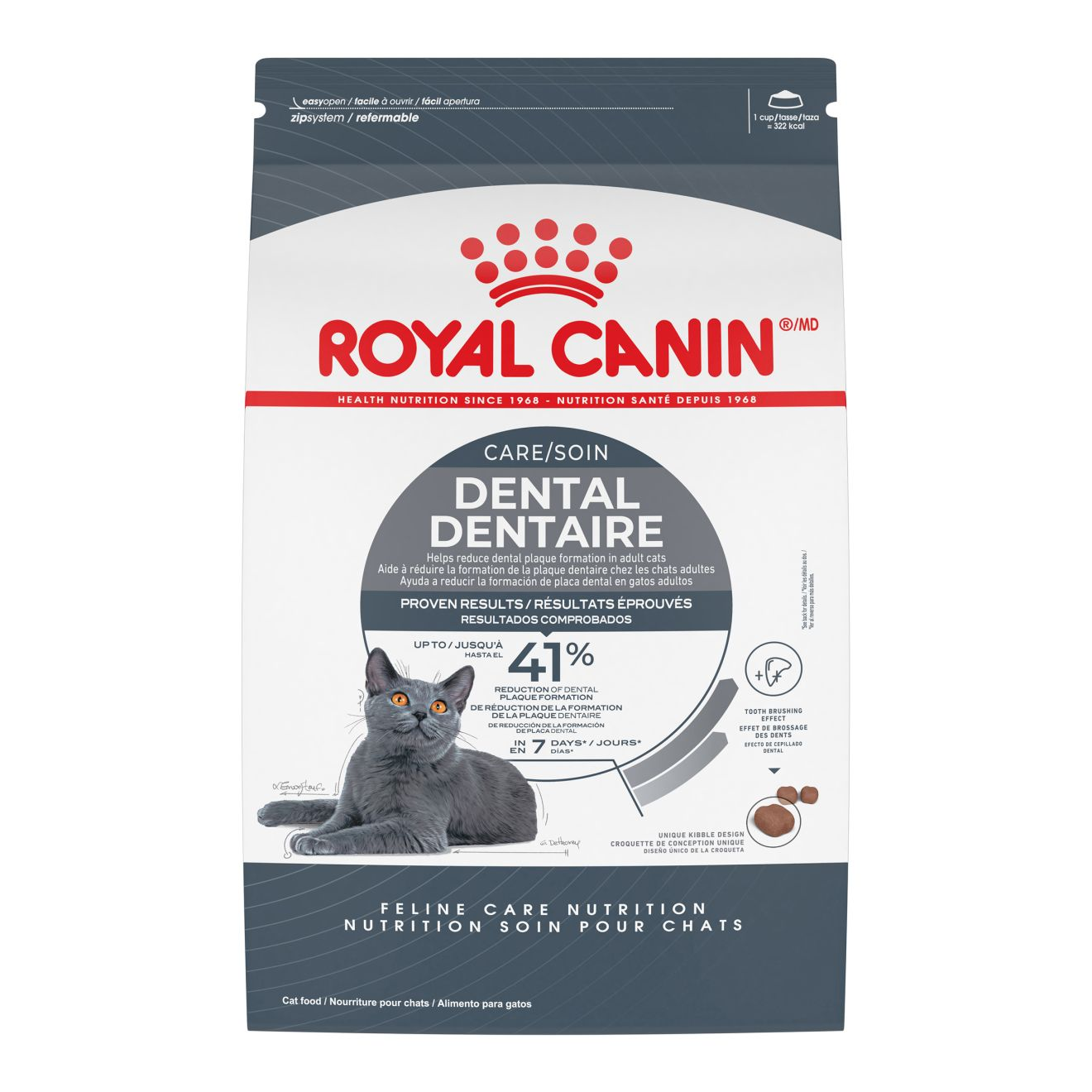Crunching Away the Plaque: Choosing the Best Dry Food for Cats with Dental Problems
Introduction:
Dental disease is a pervasive health issue in cats, affecting a significant portion of the feline population, especially as they age. Left untreated, it can lead to pain, difficulty eating, tooth loss, and even systemic health problems. While regular dental cleanings by a veterinarian are crucial, dietary management plays a vital role in maintaining oral health. Dry cat food, particularly specially formulated dental diets, can be a valuable tool in preventing and managing dental issues. This article explores the benefits of dry food for cats with dental problems, what to look for in a dental diet, and how to incorporate it effectively into your cat’s overall care plan.
H1: Understanding Feline Dental Disease
Before delving into the specifics of dry food, it’s essential to understand the underlying causes and progression of feline dental disease.
H2: The Culprits: Plaque, Tartar, and Periodontal Disease
The primary culprit behind dental problems in cats is plaque, a sticky film of bacteria that constantly forms on teeth. If plaque isn’t removed through regular brushing or chewing, it mineralizes and hardens into tartar (also known as calculus). Tartar provides a rough surface for more plaque to accumulate, creating a vicious cycle.
The accumulation of plaque and tartar can lead to gingivitis, an inflammation of the gums. Gingivitis is often reversible with professional cleaning and good oral hygiene. However, if left untreated, gingivitis can progress to periodontitis, a more severe form of dental disease that affects the supporting structures of the teeth, including the ligaments and bone. Periodontitis can lead to tooth loosening, pain, infection, and eventually tooth loss.
H3: Common Signs of Dental Problems in Cats
Recognizing the signs of dental disease early is crucial for effective management. Common symptoms include:
- Bad breath (halitosis): This is often the first noticeable sign.
- Red, swollen, or bleeding gums: Indicative of gingivitis or periodontitis.
- Excessive drooling: May be a sign of pain or inflammation.
- Difficulty chewing or reluctance to eat dry food: Cats may prefer soft food due to discomfort.
- Pawing at the mouth: A sign of irritation or pain.
- Weight loss: Due to decreased appetite caused by dental pain.
- Changes in grooming habits: Neglecting grooming, especially around the face.
- Loose or missing teeth: A sign of advanced periodontal disease.
- Facial swelling: May indicate an abscessed tooth.
If you observe any of these signs, it’s crucial to consult your veterinarian for a thorough dental examination.
H1: The Role of Dry Food in Feline Dental Health
Dry food can play a significant role in maintaining feline dental health, primarily through its abrasive action during chewing.
H2: How Dry Food Helps Clean Teeth
Unlike soft food, which tends to stick to teeth, dry food can help scrape away plaque and tartar as the cat chews. The chewing action stimulates saliva production, which also helps to flush away food particles and bacteria.
H3: The Importance of Kibble Size and Shape
The size and shape of the kibble are crucial for its effectiveness in cleaning teeth. Dental diets typically feature:
- Larger Kibble Size: Larger kibble encourages more chewing, increasing the contact time between the food and the teeth.
- Unique Shapes: Specifically designed shapes can help to reach more of the tooth surface, including the hard-to-reach areas at the back of the mouth. Some kibble is designed to fracture in a way that creates a scrubbing action.
H2: Key Ingredients and Features to Look for in Dental Dry Food
Not all dry cat foods are created equal when it comes to dental health. Here are some key ingredients and features to look for:
- Dental-Specific Formulation: Look for foods specifically formulated for dental health, often indicated on the packaging. These diets are designed to maximize the cleaning effect.
- Enzyme Coating: Some dental diets contain enzymes that help inhibit plaque formation. These enzymes can break down the proteins in plaque, making it easier to remove.
- Fiber Matrix: Certain dry foods incorporate a fiber matrix that helps to scrub the teeth as the cat chews. The fiber acts like a gentle toothbrush.
- Mineral Binders: Some formulas include mineral binders that help to prevent tartar formation by binding to calcium in the saliva. This reduces the amount of calcium available to form tartar.
- High-Quality Protein and Nutrients: A healthy diet is essential for overall health, including dental health. Choose a food that provides high-quality protein, essential fatty acids, and other nutrients to support a strong immune system and healthy gums.
- Avoid Excessive Sugars and Carbohydrates: Sugars and carbohydrates can contribute to plaque formation. Choose a food that is low in these ingredients.
H3: Popular Brands of Dental Dry Food for Cats
Several reputable brands offer dental dry food for cats. Some popular options include:
- Hill’s Science Diet Dental Care: Known for its clinically proven effectiveness in reducing plaque and tartar.
- Royal Canin Veterinary Diet Dental: Features kibble with a unique shape and texture to promote chewing and reduce tartar buildup.
- Purina Pro Plan Veterinary Diets DH Dental Health: Formulated with a special coating to help reduce plaque and tartar.
- Blue Buffalo Dental Health: A natural option with added vitamins and minerals to support overall health.
Consult your veterinarian for recommendations based on your cat’s specific needs.
H1: Incorporating Dry Food into Your Cat’s Dental Care Routine
While dry food can be a valuable tool, it’s important to remember that it’s just one component of a comprehensive dental care plan.
H2: Combining Dry Food with Other Dental Hygiene Practices
- Regular Veterinary Dental Cleanings: Professional dental cleanings are essential for removing tartar buildup and addressing any underlying dental problems. Your veterinarian can also assess your cat’s oral health and recommend appropriate treatment.
- Tooth Brushing: Brushing your cat’s teeth regularly is the gold standard for preventing plaque and tartar buildup. Use a pet-specific toothbrush and toothpaste. Introduce brushing gradually and make it a positive experience.
- Dental Chews and Treats: Certain dental chews and treats can also help to clean teeth. Look for products that are specifically designed for dental health.
- Dental Wipes and Solutions: Dental wipes and solutions can help to remove plaque and freshen breath.
H3: Tips for Transitioning Your Cat to a Dental Dry Food
- Gradual Introduction: Mix the new food with your cat’s current food, gradually increasing the amount of dental dry food over several days or weeks.
- Make it Appealing: If your cat is hesitant to eat the new food, try warming it slightly or adding a small amount of wet food.
- Monitor Your Cat’s Appetite and Stool: Ensure that your cat is eating enough and that their stool remains normal.
- Consult Your Veterinarian: If you have any concerns, consult your veterinarian for guidance.
Conclusion:
Dry food, especially dental-specific diets, can be a valuable tool in managing and preventing dental problems in cats. By understanding the importance of kibble size, shape, and ingredients, and by incorporating dry food into a comprehensive dental care plan that includes regular veterinary checkups and other oral hygiene practices, you can help keep your feline friend’s smile healthy and bright for years to come. Remember to consult with your veterinarian to determine the best dental care strategy for your cat’s individual needs. A proactive approach to dental health is an investment in your cat’s overall well-being and quality of life.

